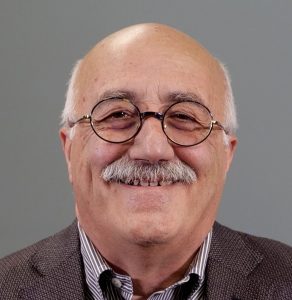Michele Parrinello Festschrift

Michele Parrinello is one of the most celebrated and influential researchers in the field of molecular simulations. Over the last four decades, he has introduced many groundbreaking simulation methodologies which greatly widened the applicability and scope of atomistic simulations. The first of these approaches is the 1981 Parrinello-Rahman method aimed at performing molecular dynamics at constant pressure with adjustable simulation cells. This method enabled the simulation of solid-solid phase transitions in materials, and it is still widely used to this date. Simulations carried out around that time were based on empirical models for the interatomic interactions, a feature that limited their general applicability and predictive power. For this reason, in 1985, together with Prof. Roberto Car, he developed ab initio molecular dynamics (now known as the Car-Parrinello method), a landmark technique based on driving the nuclear dynamics using forces calculated on-the-fly from quantum-mechanical electronic-structure calculations based on Density Functional Theory. This approach realized a long-sought goal of simulating physical and chemical processes starting from the fundamental laws of quantum mechanics. He then turned his attention to another major limitation of molecular simulations, namely, their inability to capture rare but crucial events that occur over time scales not accessible to direct molecular dynamics. In order to tackle these events, together with Prof. Alessandro Laio, he developed metadynamics, a simple and elegant technique which was quickly adopted by the community and resulted in numerous insights into problems such as phase transitions, chemical and biochemical reactions, ligand binding to proteins, and conformational changes. Further, long before the community started using machine learning to derive interatomic potentials, in another landmark paper with Prof. Joerg Behler, Prof. Parrinello proposed a method to represent high-dimensional potential energy surfaces with neural-networks. These methods were only the starting point for a myriad of other methodological developments and spectacular applications in a wide range of fields including physics, chemistry, materials science, and biology.
To honor Michele Parrinello on his 80th birthday, a special issue will be published featuring contributions from leading researchers in the field of molecular simulations. The special issue will showcase both applications and developments of molecular simulation methods, including classical, ab initio, machine-learning-driven, and path integral molecular dynamics, electronic-structure calculations, and rare-event methods.
Guest Editors
Pablo Piaggi
Carme Rovira
Giulia Galli
JCP Editor
Michele Ceriotti
